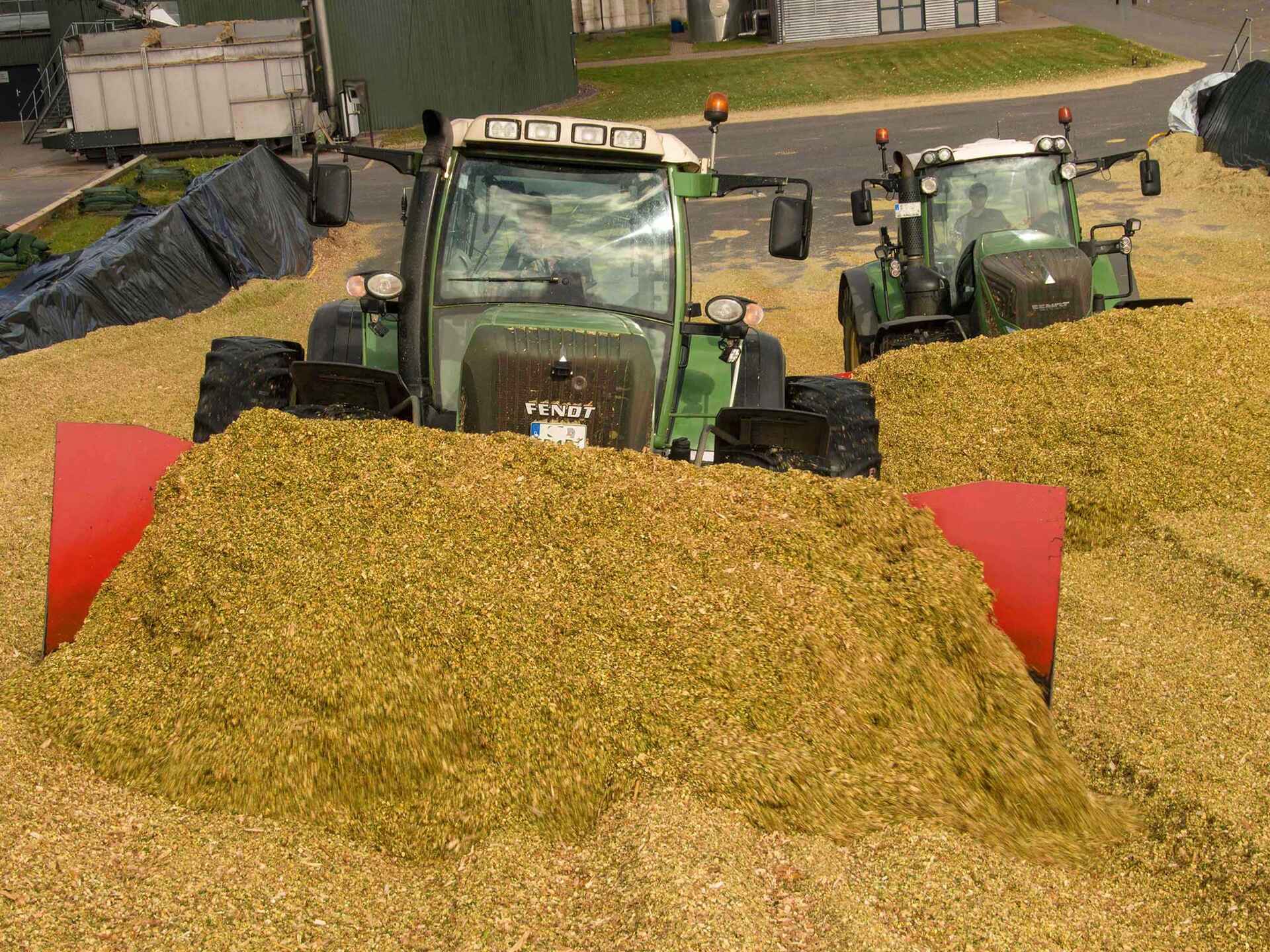
玉米青贮——使用保时青(Speed M)加快青贮发酵进程

The heat waves of the past few years have created highly favourable conditions for yeast and mould to grow unchecked, especially in untreated maize silage. This becomes clear in the evaluations for the 2020 silage competition (SWB) run by the Lower Saxony Chamber of Agriculture. Over two thirds of maize silage samples entered indicate values in the critical range of over 100,000 CFU/g FM, and therefore clear signs of spoilage. Even the previous years’ figures show a rise in yeast contamination and suggest significantly higher contamination on the maize plant (see Fig. 1).
BONSILAGE SPEED M inhibits yeast from the beginning
The Lactobacillus diolivorans strain of lactobacillus contained in BONSILAGE SPEED M forms acetic acid very quickly and inhibits the proliferation of yeast and mould within the first 14 days of the silo ripening time (see Fig. 1). As a result, the treated maize silage can be opened after only 14 days. In addition, larger amounts of propionic acid are formed with increasing silo ripening time. The propionic acid has a preservative effect and supports the stability of the opened maize silage.
Higher feed intake due to more stable silage
Yeast and mould reduce the hygienic quality of maize silage, reduce the feed value due to energy and nutrient losses and cause reheating. This leads to reduced feed intake with all the associated consequences such as inadequate care of the cows and reduced yield that affect the entire following feed year.
Silage losses cost money and burden the material flow balance
10-15% silage losses increase the tonnes of maize silage by an average of € 4-6. The costs for a treatment with silage additives are maximally 1/3 of this amount. All energy losses must be compensated by means of additional feed. This is often associated with higher costs and additionally burdens the material flow balance of the operation. Therefore, ensure the quality of your maize silage by using BONSILAGE SPEED M.

